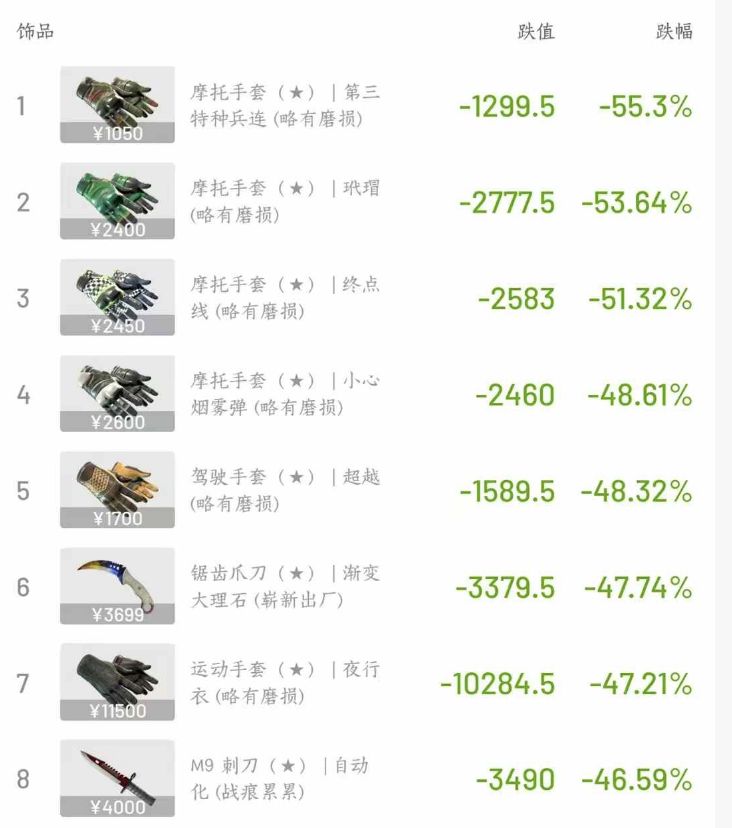Robert Kiyosaki Warns of Bitcoin August Curse, Says “If BTC Crashes, I’ll 2x My Position”
-
Robert Kiyosaki issues a bold warning about the Bitcoin August Curse.
-
History shows August hasn’t been kind to Bitcoin traders.
-
Key Econmic events this month could decide if BTC holds or crashes.
Bitcoin is trading around $114,000 today, posting minor gains as the broader crypto market steadies. The Crypto Fear & Greed Index has slipped to 52, signaling neutral sentiment after last week’s volatility.
However, bestselling author Robert Kiyosaki has reignited fears of the so-called “Bitcoin August Curse.” In a recent X post, he said he wouldn’t mind if Bitcoin fell below $90K this month, as it would give him the chance to double his BTC position.
“If the Bitcoin August Curse hits and Bitcoin crashes, I stand ready to 2x my position today.” – Robert Kiyosaki
Kiyosaki believes the real problem isn’t Bitcoin but America’s multi-trillion-dollar debt and policy failures by the Federal Reserve and U.S. Treasury, which he says will ultimately make long-term BTC investors richer.
How Was August For Bitcoin? Historical Analysis
August and September are historically the worst months for $BTC.
— Lookonchain (@lookonchain) August 1, 2025
In eight of the past 12 years, $BTC prices have fallen in August and September, with a 67% probability of decline.https://t.co/W6YUaa7WQr pic.twitter.com/Z5GA7tEwRw
Bitcoin’s historical performance in August has been far from favorable. Over the past 12 years, the month has ended in losses eight times, with an average return of just +1.48%.
The median return is even more discouraging at -7.49%, highlighting August’s tendency toward weakness. This track record has many traders questioning whether August 2025 will continue the trend or deliver a surprise breakout.
This history has traders wondering whether August 2025 will follow the trend or break from it.
Key Economic Events Could Fuel the BTC Price Drop
Several U.S. economic releases this week could decide Bitcoin’s short-term fate:
- Jobless Claims: Forecast 220K–221K — higher numbers could signal labor weakness.
- ISM Services PMI: Expected 51.1% — stronger readings may delay Fed rate cuts.
- Labor Costs & Productivity Data: Could shift inflation expectations.
- Fed Comments: Atlanta Fed President Raphael Bostic hinted at only one rate cut this year, potentially capping bullish momentum.
10x Research Sees a ‘Hidden Catalyst’
10x Research notes that Bitcoin’s drop below $112K aligns with August seasonality and softer U.S. labor data. They highlight parallels to last year, when similar weakness led to a surprise Fed rate cut and a strong year-end rally. The firm suggests a hidden macro trigger could spark Bitcoin’s next major move.
Despite caution in the market, many traders are eyeing a “buy the dip” opportunity, believing a drop below $90K could flush out weak hands and set the stage for a stronger Bitcoin rally into year-end.
Disclaimer: The content of this article solely reflects the author's opinion and does not represent the platform in any capacity. This article is not intended to serve as a reference for making investment decisions.
You may also like
Experiencing the 10.11 crypto black swan and the CS2 skin market crash, I discovered the death trap of "middlemen"
You think you're profiting from arbitrage, but in reality, you're paying for systemic risk.

PENGU Eyes $0.027 Breakout as Accumulation Phase Strengthens

Shiba Inu Whales Pile In as SHIB Targets $0.0000235 Breakout

Ripple Completes $1.25B Hidden Road Acquisition and Officially Launches Ripple Prime for Institutional Clients

